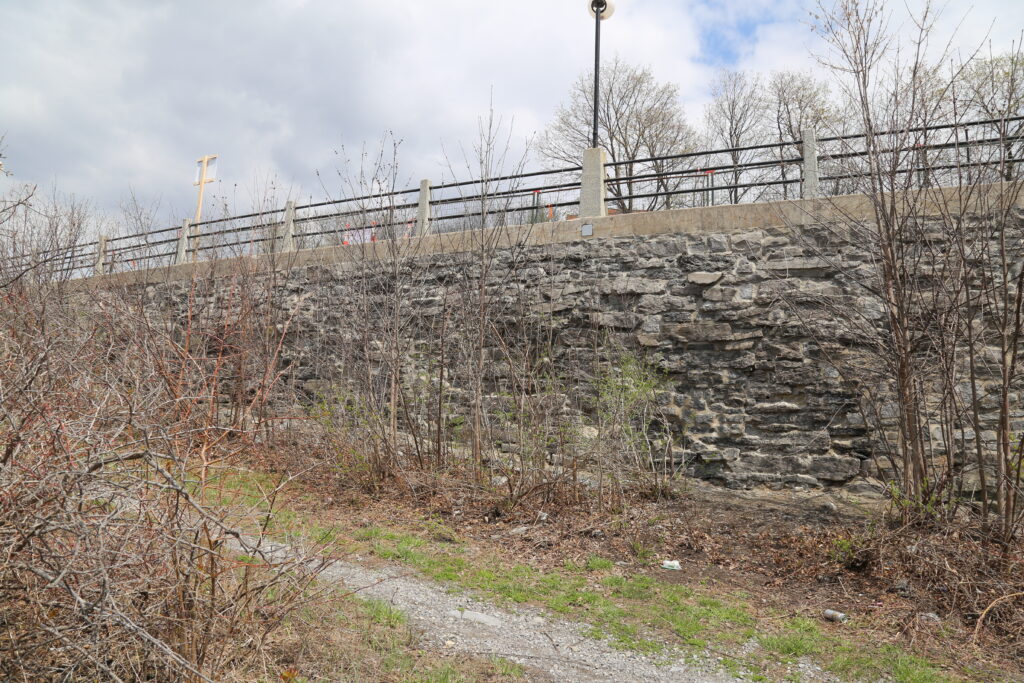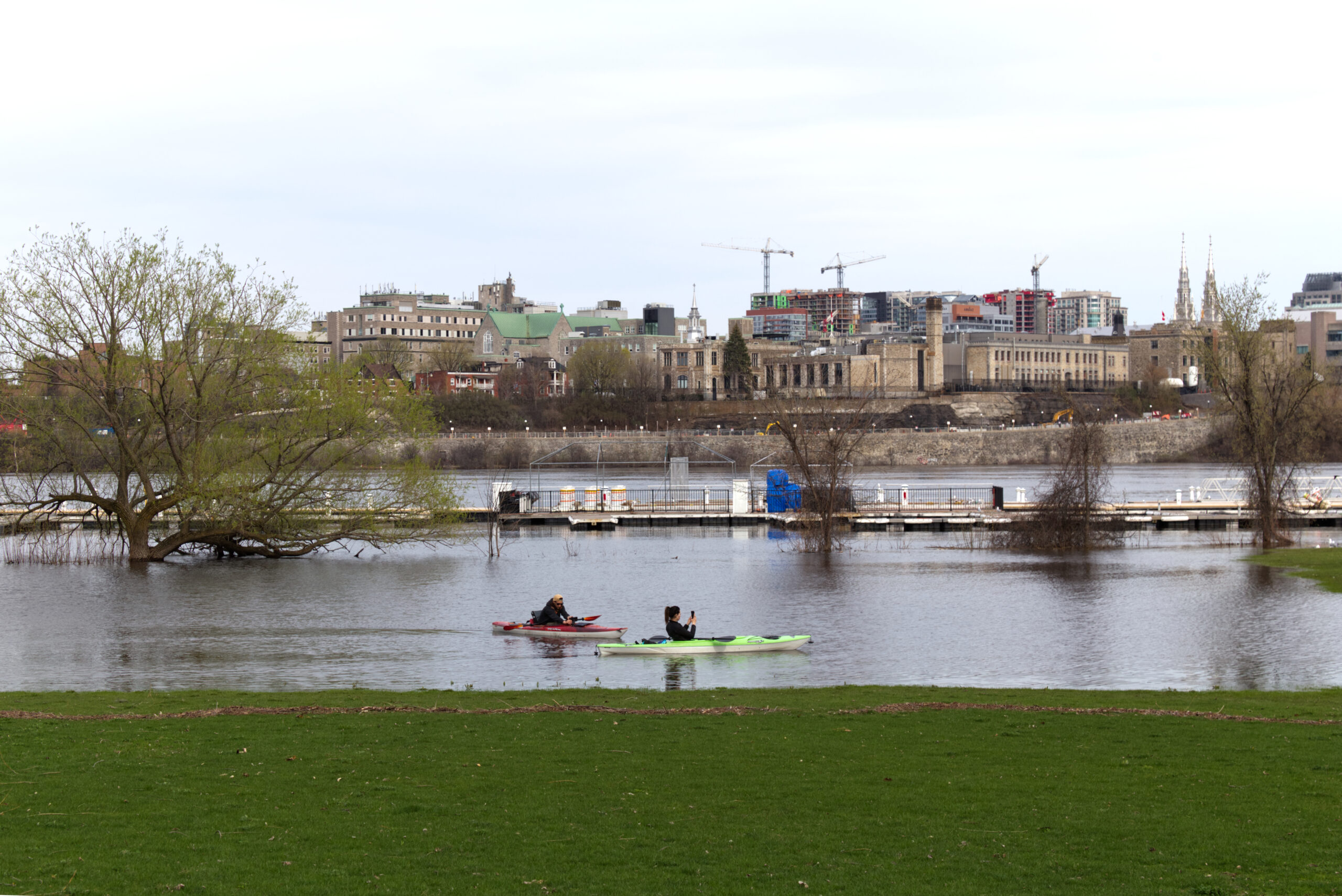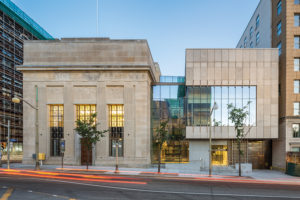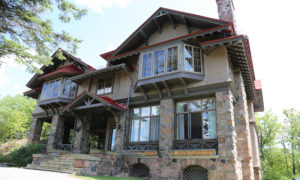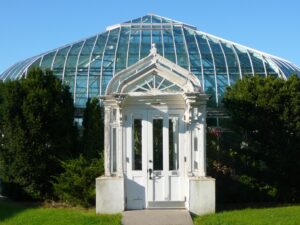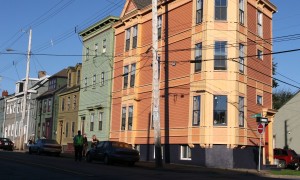This Heritage Impact Assessment (HIA) was requested by the National Capital Commission (NCC) to evaluate the impacts of rebuilding the structurally unsound retaining wall along Lady Grey Drive. At the time of this report’s preparation, Lady Grey Drive was not formally designated as heritage, neither at the federal level nor under the Ontario Heritage Act. Fromally, it is considered a “Capital Value Landscape” on the NCC heritage inventory.
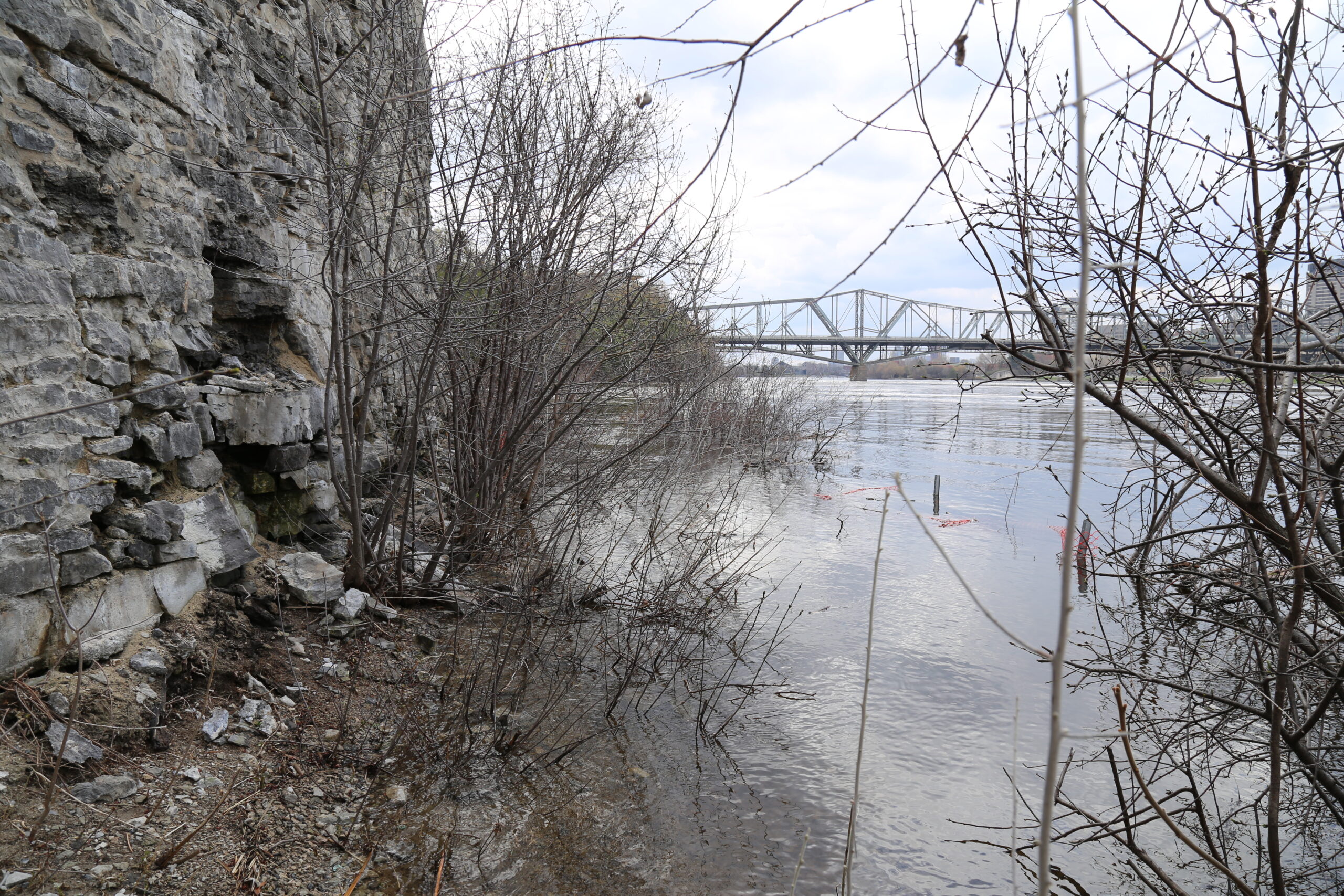
Lady Grey Drive is included on the NCC heritage inventory and is considered a “Capital Value Landscape.” It is on the banks of the Ottawa River, a designated Canadian Heritage River. Adjacent are numerous Municipal and Federally designated Heritage properties, including the Ottawa Rowing Club Boathouse and the Royal Canadian Mint.
THE H.I.A. PROCESS
Research
Inspired by the City Beautiful Movement, the parkway idea was a scenic means by which regional and urban parks are linked, to enjoy large parks, such as national parks, by travelling through them in carriages along roads, stopping at scenic points and lookouts. Frederick Todd, considered Canada’s first resident Landscape Architect, and student of Frederick Law Olmstead, was hired by the Ottawa Improvement Commission (OIC) in 1903, to design a plan that took advantage the nature, and of the wilderness that remained in the city. Todd’s Plan was the first to outline its most salient features of the national capital: the driveway system, the concept of Gatineau Park, the importance of waterways, and the symbolism of Parliament Hill.
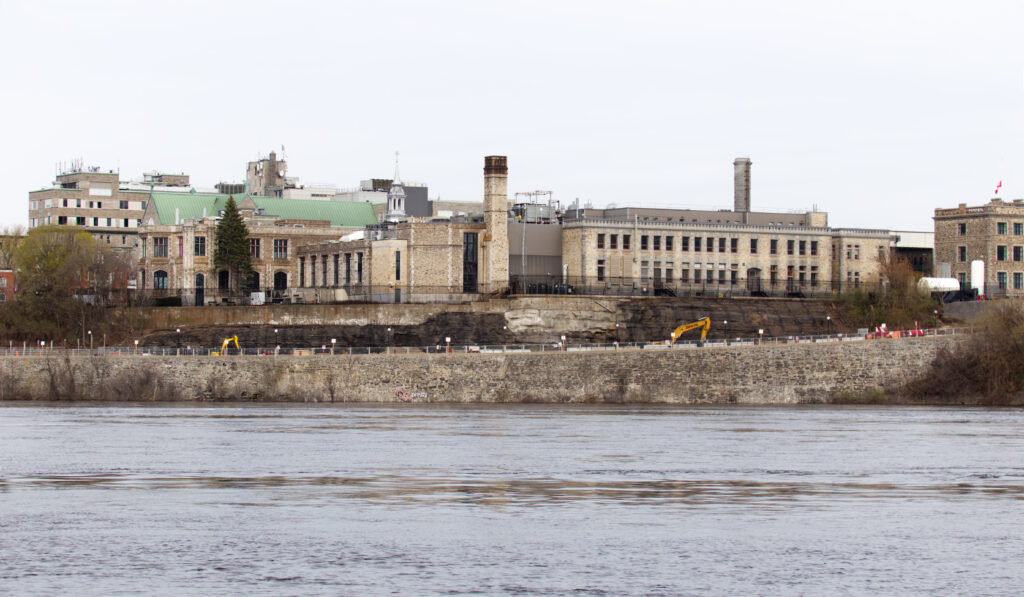
Site Analysis and Evaluation
Lady Grey Drive is part of a Cultural Heritage Landscape of “Capital Value.” A “Capital Value Landscape” is a designation within the NCC’s Heritage Inventory for cultural landscapes whose value relates to the evolution of Ottawa and Gatineau as the National Capital.
Some characteristics connected to its associations with the Capital driveway network include:
- Extant portions of its original routing from Major’s Hill Park to Sussex Drive;
- Elements typical of the OIC driveways, including views, paths and sidewalks for pedestrians, and globe lighting;
- Uninterrupted views to the Ottawa River, which was recognized as a key feature of the Capital at the time of the road’s construction;
- The curving alignment.
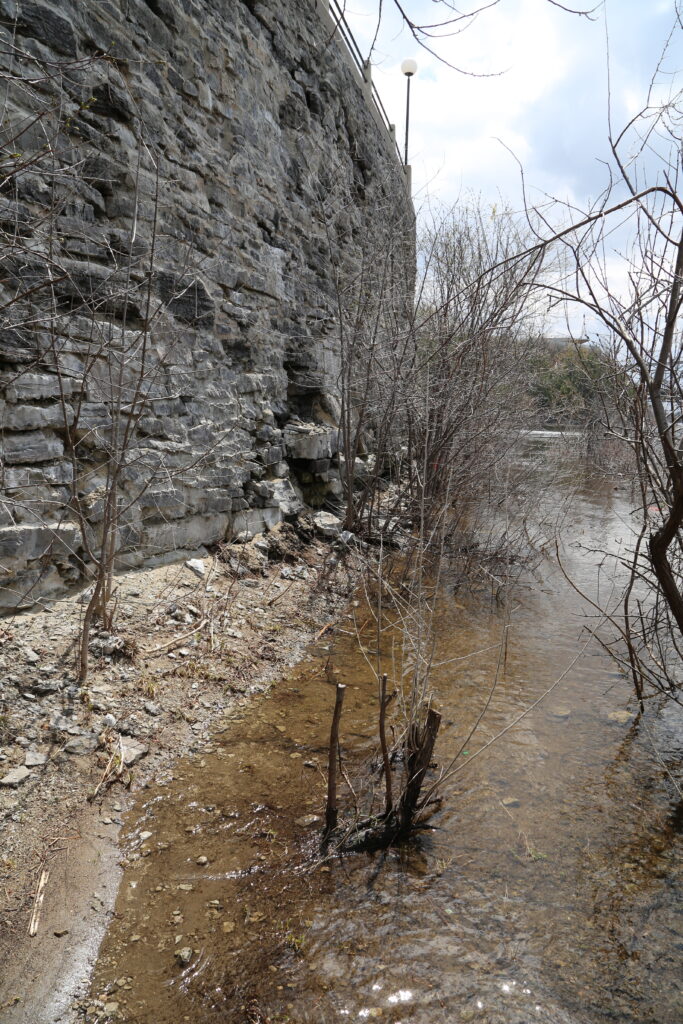
Mitigation and Conservation Approach
The scope of the engineering project meant the necessity for a Heritage Impact Analysis report for the remaining historic stone retaining wall. In order to maintain the heritage character and general appearance of the wall, it was proposed as part of report to clad the concrete structure with stone and, if feasible, incorporate stones salvaged from the existing wall.
Comparatively, the use of simple cast form concrete would significantly obscure the historic appearance of the stone retaining walls, which are very much a part of their landscape along the Ottawa River.
